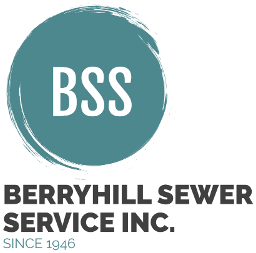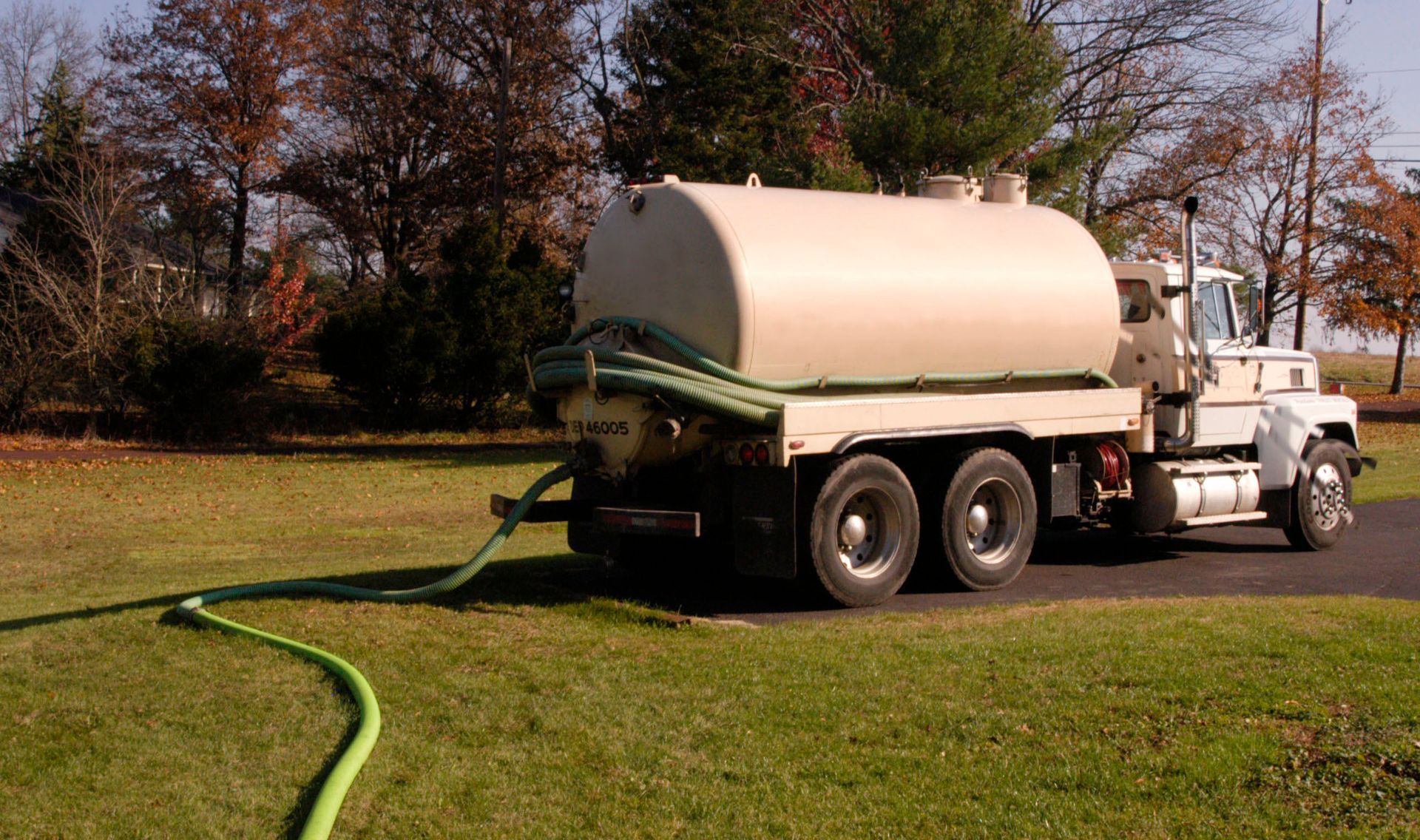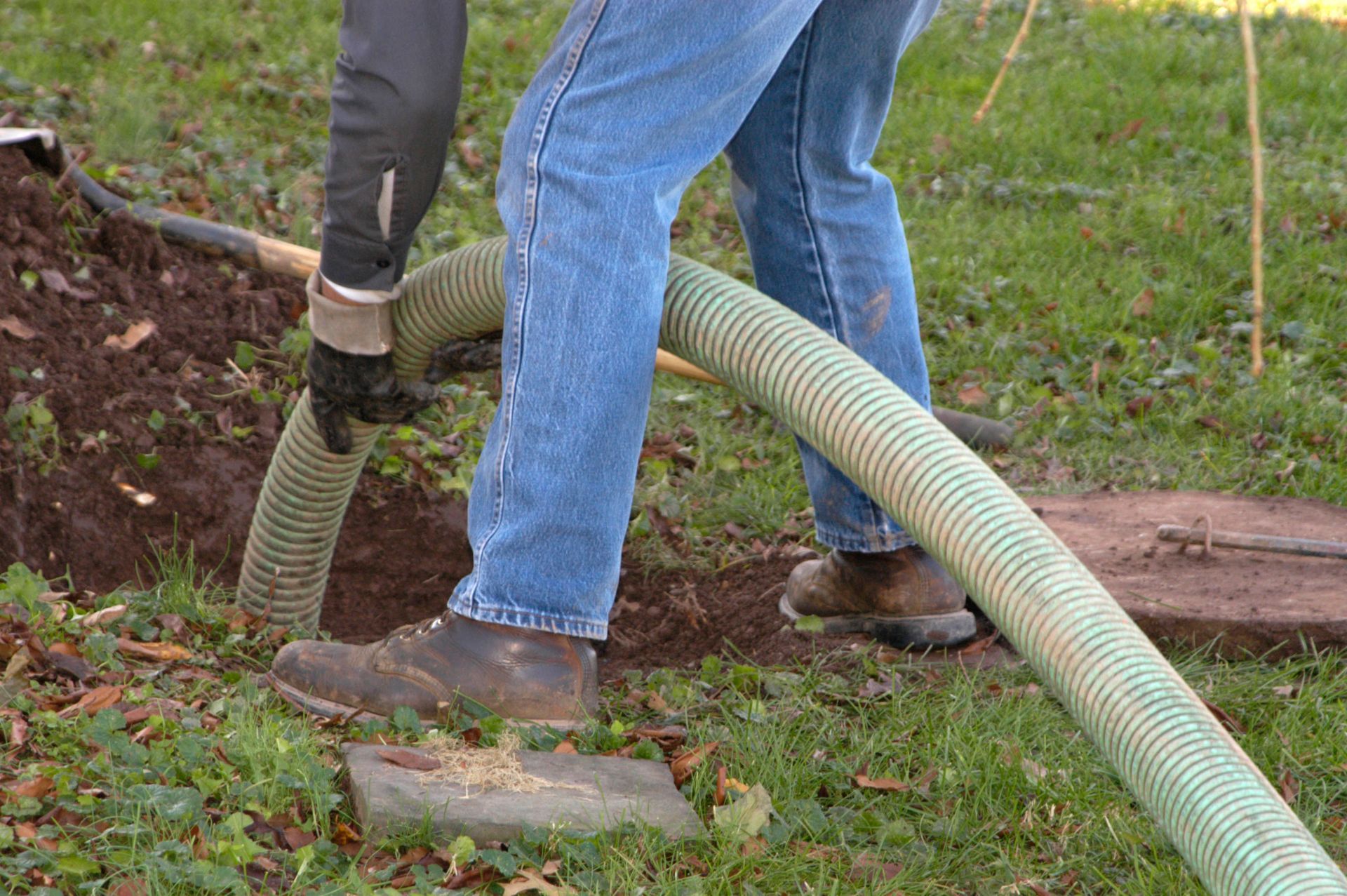What Really Happens During a Septic Tank Pumping?
Septic tank pumping is a crucial but often misunderstood aspect of maintaining a healthy septic system. This article aims to shed light on the process, importance, and best practices for septic tank pumping, alongside addressing common myths and concerns. Understanding the complexities of your septic system is the first step toward proper maintenance. Many homeowners overlook the necessity of regular septic care, which can lead to dire environmental and health consequences. By understanding what truly happens during septic tank pumping, you can better appreciate its necessity and take steps to ensure your system's longevity.
Components of a Septic System
A septic system is a small-scale sewage treatment system common in areas with no connection to main sewage pipes provided by local governments or private corporations. These systems typically consist of a septic tank and a drainage field. The septic tank is a buried, watertight container usually made of concrete, fiberglass, or polyethylene. Its primary function is to hold wastewater long enough for solids to settle down as sludge, while oil and grease float to the top as scum. The liquid wastewater (effluent) then exits the tank into the drain field.
The drainage field, or leach field, is a shallow, covered excavation made in unsaturated soil. Its job is to filter and disperse sewage from a septic tank. After the effluent leaves the tank, it is further treated by the soil as it percolates through to the surrounding area. This natural filtration removes harmful bacteria, viruses, and nutrients. Proper drain field operation is critical to the effectiveness of the entire septic system. When the tank is overflowing or the field is overwhelmed, effluent can surface, leading to major environmental issues.
Keeping each component of the septic system in proper working order is vital. Regular maintenance, including septic tank pumping, ensures that sludge and scum do not reach levels that impair the tank's function. According to the U.S. Environmental Protection Agency, you should have your septic tank pumped if the liquid depth is more than 25% made up of sludge and scum. Allowing the system to reach this point can strain not only the tank, but also the drainage field, which is often costly to rectify.
How a Septic Tank Functions
The basic function of a septic tank is to separate solids from the wastewater originating from your home. This process is facilitated by gravity, as heavier materials sink to form sludge and lighter materials float to form scum. Naturally occurring bacteria in the tank help to break down solid materials. This self-contained process limits the amount of waste entering the leach field. The clarified liquid, known as effluent, exits the tank into the drainage field, where it undergoes further treatment and filtration.
Various chambers within a septic tank optimize the breakdown of material. Initial compartments receive most of the waste, leading to more efficient separation and processing. Over time, solids accumulate and form a thicker layer of sludge, which is compacted at the bottom of these chambers. Scum forms at the top and must not exceed certain levels to ensure proper system function. If sludge and scum build up beyond what the bacteria can break down, professional intervention is necessary.
A septic system's efficiency depends largely on regular maintenance. If too much sludge accumulates, less room remains for incoming waste, thus risking overflow or backup. At this point, the system cannot function properly, and untreated sewage could escape into the environment. Regular inspection and pumping help maintain a balance between input and breakdown. Therefore, understanding the function of each part of your septic system can significantly enhance its longevity and efficiency.
Signs a Septic System Needs Maintenance
Identifying signs that your septic system requires maintenance can prevent costly repairs and health hazards. One of the most noticeable signs is slow-draining sinks, tubs, or toilets within your house. Persistent gurgling sounds from the plumbing may indicate the system is struggling with excess waste. Foul odors near the leach field or above-ground seepage are prominent indicators that the septic tank is overfilled, causing untreated waste to rise. These warning signals should never be ignored, as delays can escalate into structural damage.
The appearance of lush, greener grass over the drainage field can also signal a problem. While this might seem like a positive development, it often indicates that excess water and nutrients from the leach field are escaping above ground, signifying an overloaded system. Another red flag is increased water levels in the septic tank, which could be determined during a professional inspection. Regular self-checks and consistent monitoring are crucial to preventing the system from becoming overwhelmed.
Routinely back-checking the levels of sludge and scum in your tank can offer insights into the frequency of required pumping. A reasonable measure is the "stick test," which measures the total sludge and scum ratio. If this ratio is more than 25%, the EPA recommends having your septic tank pumped to maintain its effectiveness. Committing to regular inspections and addressing issues quickly can help avoid emergencies or system failures. Septic tank pumping is an important step in owning a septic system and a crucial maintenance area for homeowners.
Common Issues With Septic Systems
Several factors can negatively impact the functionality of a septic system, with neglect and improper use being the primary culprits. Non-biodegradable items or substances can cause blockages or disrupt bacterial action in the tank. Grease, oil, or fat is particularly problematic, as they are resistant to breakdown. Excessive water flow can also overwhelm the system, preventing the necessary time for breakdown and separation. System damage from vehicle traffic over the septic area can compromise the tank or field.
Environmental changes, such as heavy rainfall or water table variations, can negatively affect septic systems by disturbing the natural percolation process. Root intrusion from nearby trees can infiltrate tanks and pipes, leading to blockages or breakages. Cold weather is another factor, as freezing conditions can impede effluent flow, disrupting the overall system. Regular assessments can identify these issues before they compromise the septic system.
It is essential to understand the cost of ignoring common septic issues, both financially and environmentally. Backups can potentially expose residents to harmful bacteria and diseases. Leaks can lead to contaminated groundwater and damage local ecosystems. Proactively addressing minor issues before they escalate ensures better performance and a longer life for the system. Understanding and maintaining your septic system is not just about avoiding unpleasant backups—it is about protecting your property, your health, and the environment. Septic tank pumping is a vital step in ensuring that your system functions effectively and lasts for decades. While it is easy to overlook what is happening underground, neglecting regular pumping and inspections can lead to costly repairs, environmental damage, and serious health risks.
By recognizing the signs of a stressed system, addressing common issues early, and committing to regular maintenance, homeowners can enjoy the peace of mind that comes with a properly functioning septic system. Partnering with qualified professionals for regular inspections and timely pumping ensures that each component—from tank to leach field—continues to work in harmony.
In short, proper septic care is not just a recommendation—it is a responsibility. Make
septic tank pumping a routine part of your home maintenance strategy, and protect what matters most. Contact Berryhill Sewer Service Inc to schedule your septic tank maintenance today.






Share On: